Last updated on February 18, 2024

Sphinx's Revelation | Illustration by John Di Giovanni
Of Magic’s deck archetypes, control might be the most infamous. Who hasn’t played the long game against the deck that seems to have every answer to sweep your board state aside while drawing more cards than you can dream of? Who hasn’t stared at two or three open mana, knowing that as soon as you play your next card, you’ll hear the motto of blue players across the world: “I have a response.”
Control decks can be dominant and are among the most satisfying decks you can play. There’s nothing like piloting a tight game of control where you’re in the driver’s seat the entire time, knowing your opponent doesn’t have a chance.
Today, we're looking at the best control cards in the game so you can get this feeling yourself!
What Are Control Cards in MTG?

Clear the Mind | Illustration by David Palumbo
Control cards fall into a few categories: Interaction, including counterspells, spot removal, and board wipes, card draw; and threats. Since control decks want to go to the extreme late game and win by leveraging expensive, splashy threats like Hullbreaker Horror, they’re often much denser on interactive elements than the other two.
The role of interactive elements is simple: Stop decks with a higher threat density from killing you in the early to middle turns of the game. The card draw spells generate resource advantages, so you have more tools to work with. While control decks tend to get built around one-for-one trades, that won’t win you the game in the long run. You need to draw extra cards to leave your opponents in the dust.
Control decks run fewer threats than the other elements for two reasons. First, once you’re in complete control of the game, a single Hullbreaker Horror or similarly large card is more than enough to win. Secondly, too many threats can impede the game plan, especially in the early turns. You don’t want to play against Red Deck Wins with two Horrors and a Teferi, Hero of Dominaria cluttering your hand. You’ll have plenty of time to find a win condition once your card advantage and interaction have crushed your opponents' dreams of taking you to zero.
#30. Disdainful Stroke
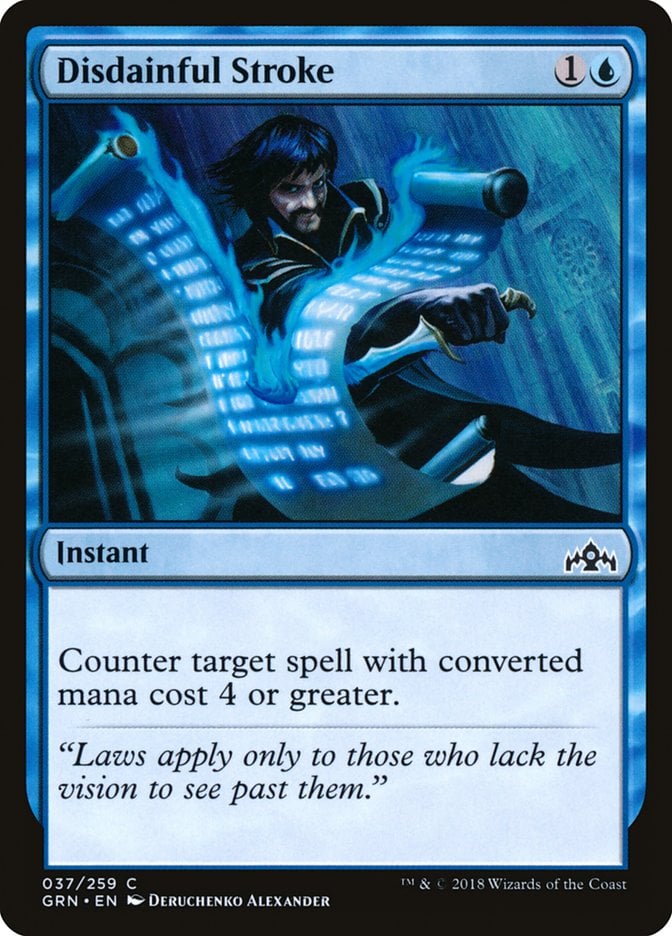
Disdainful Stroke often finds itself in the sideboard rather than the main deck, but it’s a fine card for control decks. It’s not reliable in every matchup. Many aggro decks contain few or no 4-drops, but it’s a great tool in the mirror and against some midrange decks. It’s a clean, if narrow answer that always trades up in mana. What more could a control deck want?
#29. Millstone
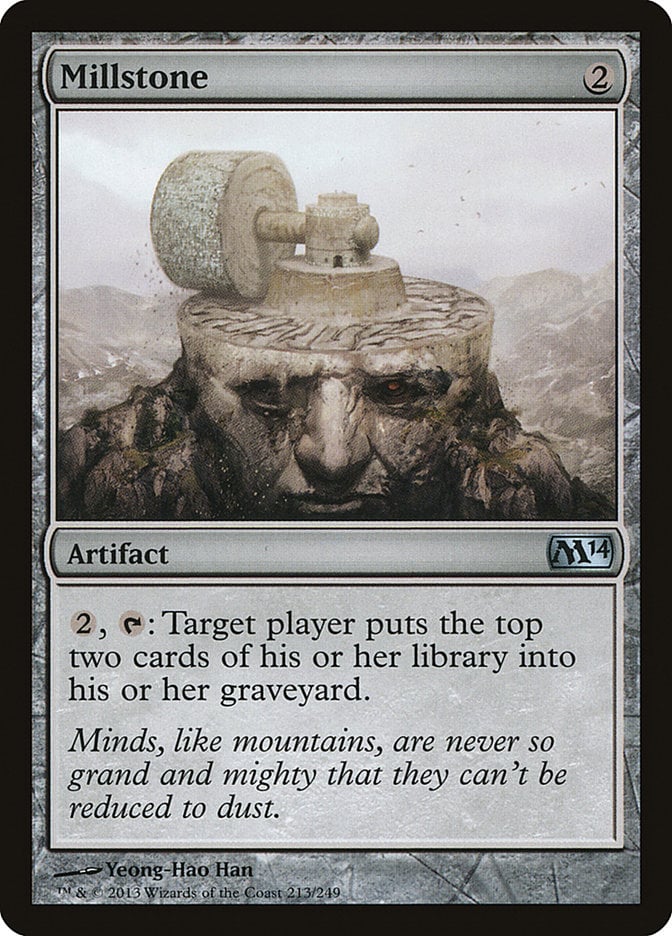
Millstone is a classic control win condition and the origin of the term “mill,” which means sending cards from the library to the graveyard. In the days of yore, control decks would run one or two copies of Millstone and rely on them to mill their opponents out. The game has advanced to a state where you rarely see this as a win condition unless you’re Sam Black playing Old School.
#28. Clear the Mind
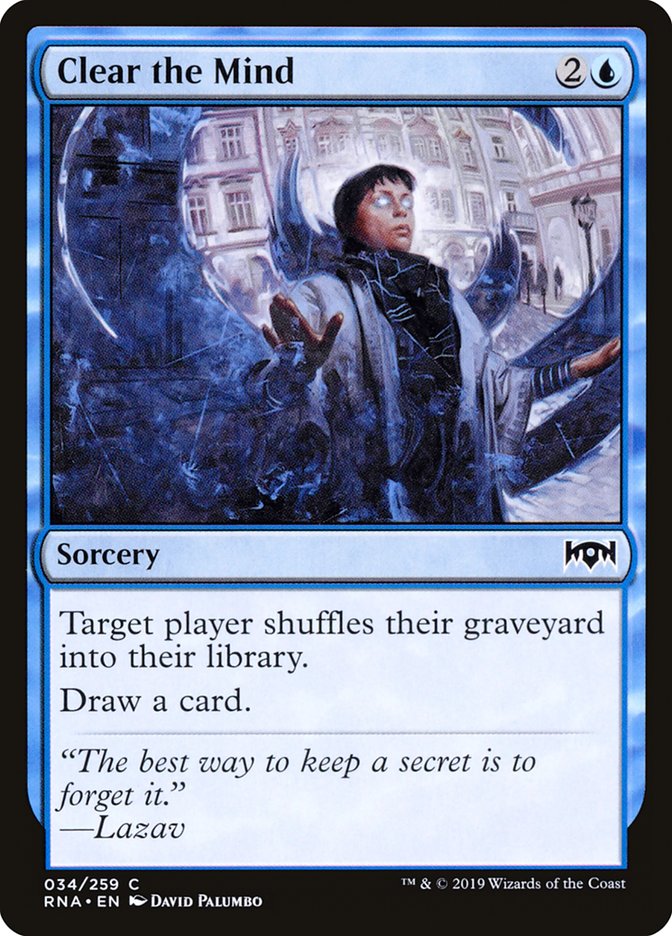
Clear the Mind is a hyper-specific control card to the Ravnica Allegiance Limited format, but it is unique. Limited control decks don’t often get this sort of long-game win condition. You’d play two copies of Clear the Mind, and maybe a Devious Cover-Up or two, to keep recycling your removal and good cards until your opponents run out of gas, and maybe cards in their library. Constructed decks have performed a similar strategy with Elixir of Immortality.
#27. Settle the Wreckage
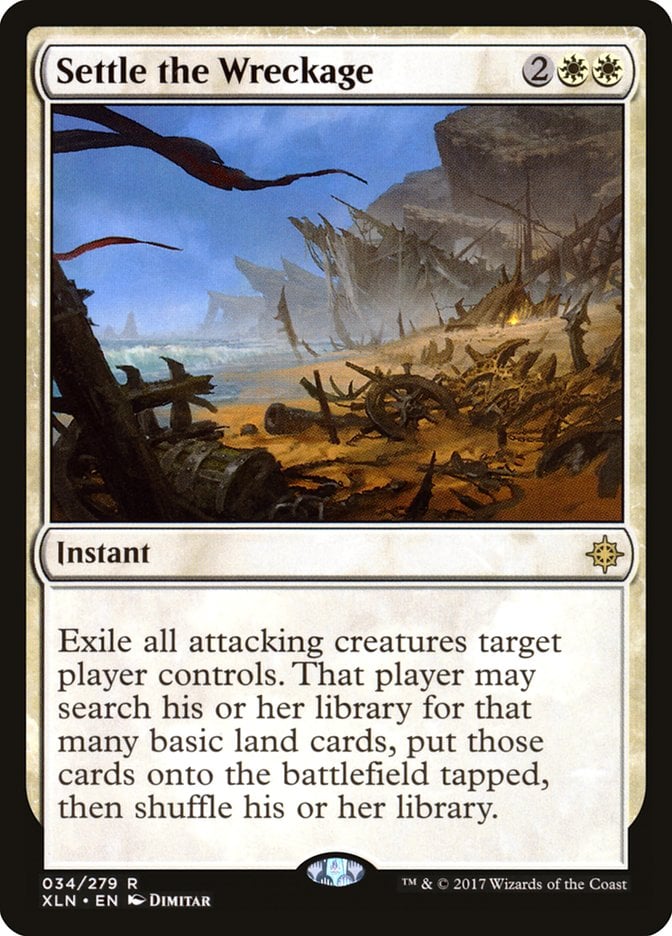
Instant-speed board wipes are uncommon, making Settle the Wreckage a useful card. The weakness of board wipes tends to be tapping out, giving opponents a window to resolve a planeswalker or other sticky threat. Settle lets you hold up countermagic or card draw, but it’s also easy to play around. Your opponent can have four creatures and only send two at a time, pressuring you to cast this card earlier than you’d like.
#26. Glimmer of Genius
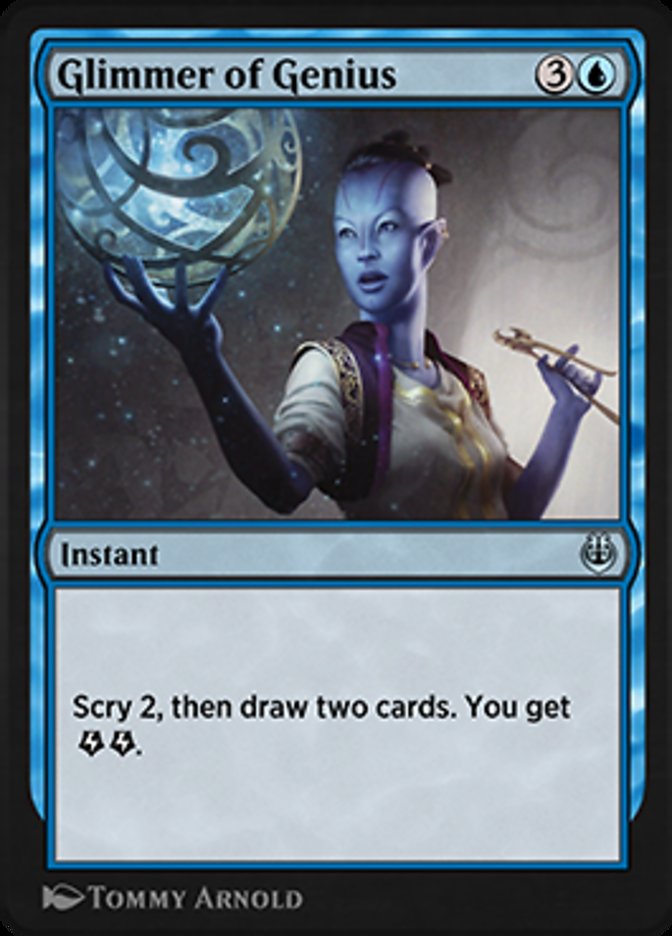
Glimmer of Genius is solid card advantage for a control deck. It’s an instant, letting you hold it up alongside countermagic. You draw two cards, going up in resources, but scrying 2 lets you see up to four fresh cards. The energy could be used for interactive spells like Harnessed Lightning and Die Young, but the scry 2 draw two was often enough.
#25. Thief of Sanity
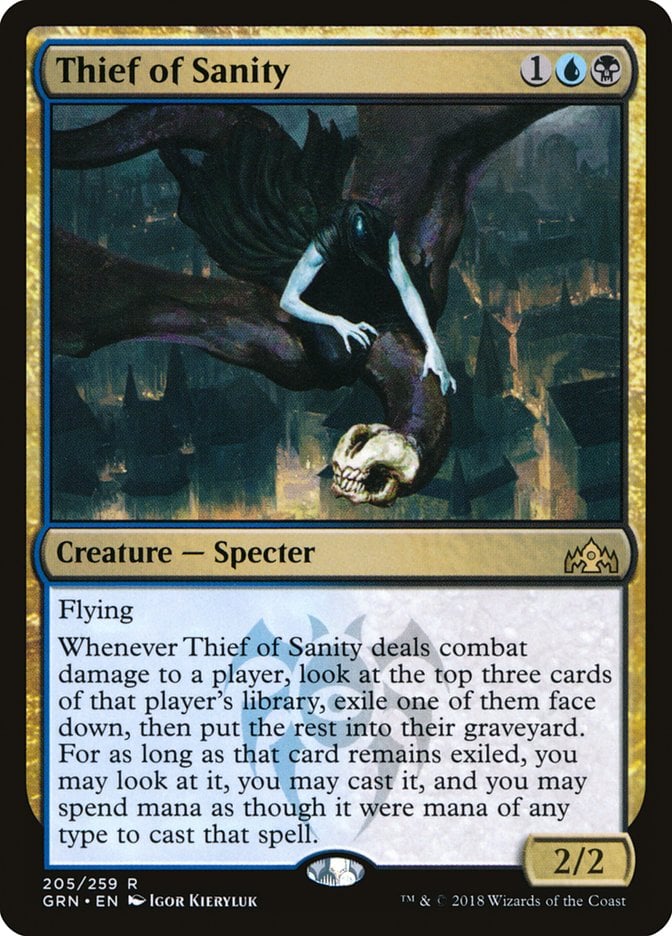
One strength of control decks is running very few creatures, which blanks your opponent’s removal for most of the game. You can’t Doom Blade a Counterspell, so spot removal is often weak against control decks. This leads opposing decks to board out spot removal, so control lists have a few powerful threats to bring in once the Lightning Bolts get put away. Thief of Sanity is one of the strongest. It easily wins a game if left unchecked, making it a perfect card to bring in once your opponents have removed most of their removal.
#24. Dovin’s Veto
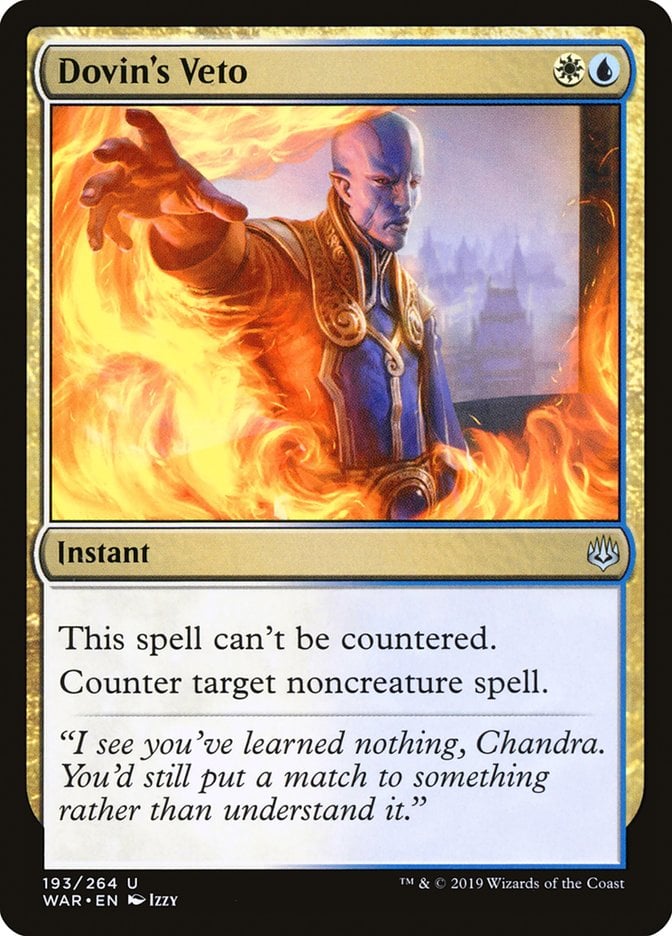
Dovin's Veto is simply the best Negate ever. It gives you complete and utter authority over what does and doesn’t resolve since your opponent can’t counter it back. It’s a little narrow, but “can’t be countered” more than makes up for that, especially since many control lists play Negate anyway.
#23. Disallow
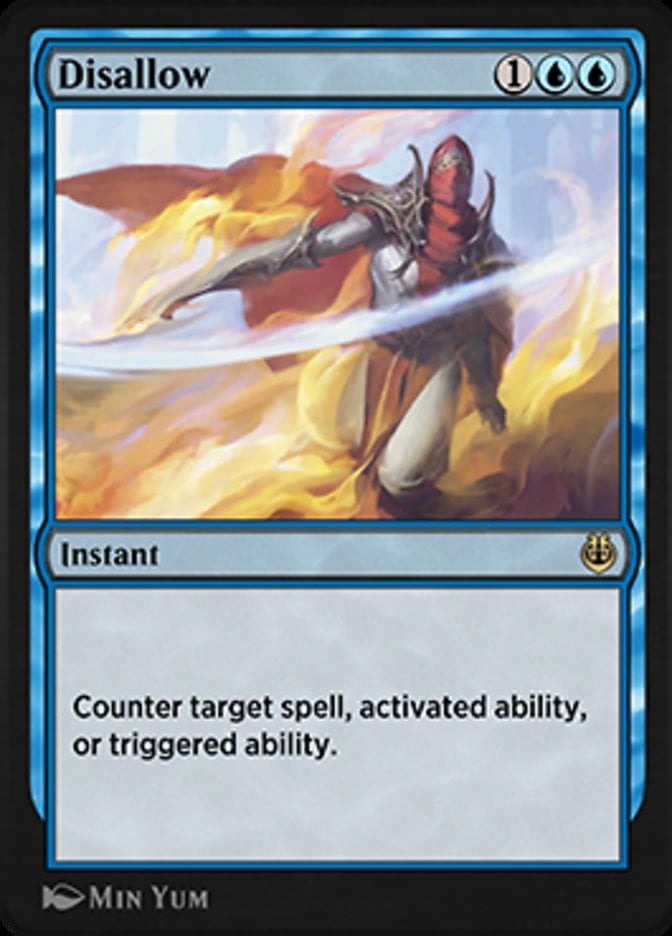
3-mana counters tend to be what control decks get, especially those in Standard. Disallow has a little versatility besides hitting spells. It was especially useful at stopping planeswalkers that slipped through your interactive spells; I “removed” more than a few copies of Chandra, Torch of Defiance by countering their ultimate.
#22. Search for Azcanta / Azcanta, the Sunken Ruin
Search for Azcanta takes a while to get going, but control decks have all the time in the world. This provides a lot of filtration in the early game and can bin cards to power delve or similar mechanics. Flipping it into Azcanta, the Sunken Ruin is simple and everything a blue deck wants. It’s ramp and card advantage in one compact package.
#21. Absorb
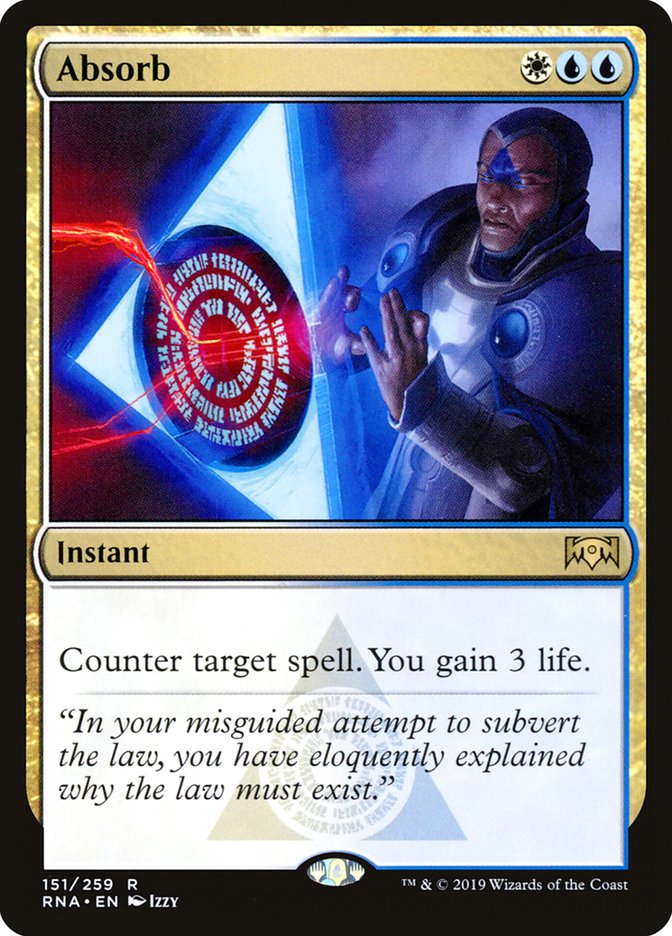
Absorb’s reprint in Ravnica Allegiance was predicted to herald the doom of aggro in Standard. While that never came to pass, it’s a solid 3-mana counter. The incremental life gain is useful for a deck that wants the game to go long. In terms of Cancel with upside, this is good.
#20. Detention Sphere

Detention Sphere is the love child of Maelstrom Pulse and Oblivion Ring. Getting to remove a single threat for 3 mana is fine, but this has the potential to remove several things for 3 mana. It’s also fantastic against token decks, sweeping up entire boards with no hope of getting them back.
#19. Farewell

Farewell is an expensive board wipe but does everything you want. Baseline, you need your wraths to deal with creatures. This card does so, and it hits the graveyard and even enchantments and artifacts, which your spot removal might not hit. Since you choose the modes, you can only remove problematic cards while leaving yours untouched. Finally, exiling everything prevents cards like Boros Charm and Heroic Intervention from saving the board and stops any future recursion.
#18. Hullbreaker Horror
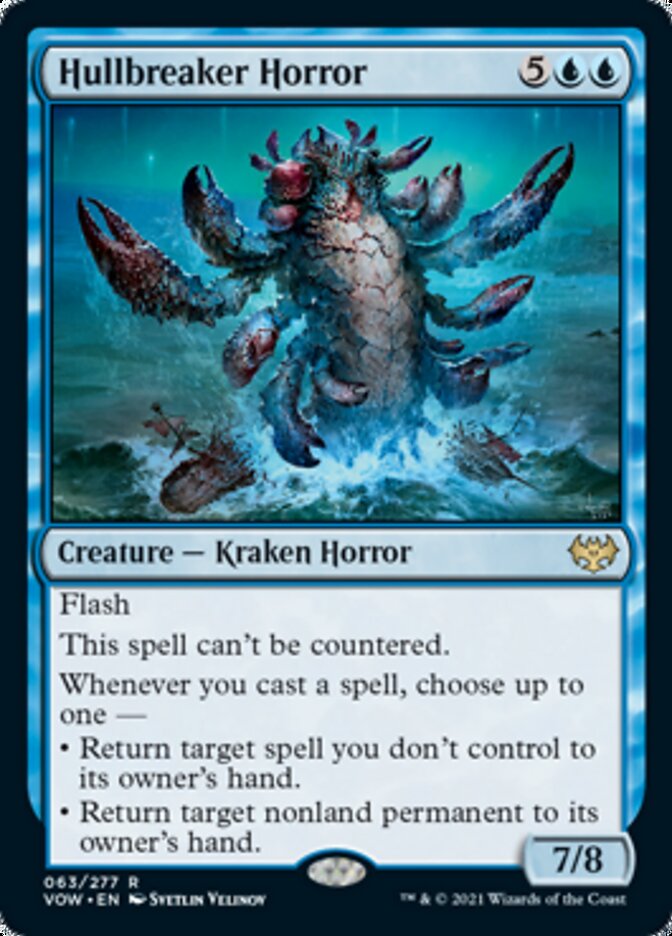
Hullbreaker Horror is a fantastic finisher. It’s hard to interact with, it can’t be countered, and it has built-in protection since any spell you play can bounce away any removal pointed at it. Once this resolves, the game will be yours in short order; it’s hard to keep any meaningful board presence in the face of this kraken.
#17. Celestial Colonnade

Control decks need to play a lot of lands. They’ll often push 30 lands because hitting land drops is that important, so extracting value from their mana base helps strengthen them. Celestial Colonnade is a fantastic threat. Creature lands have a very narrow window to interact with them and always survive board wipes, letting you turn the corner quickly.
#16. Wrath of God
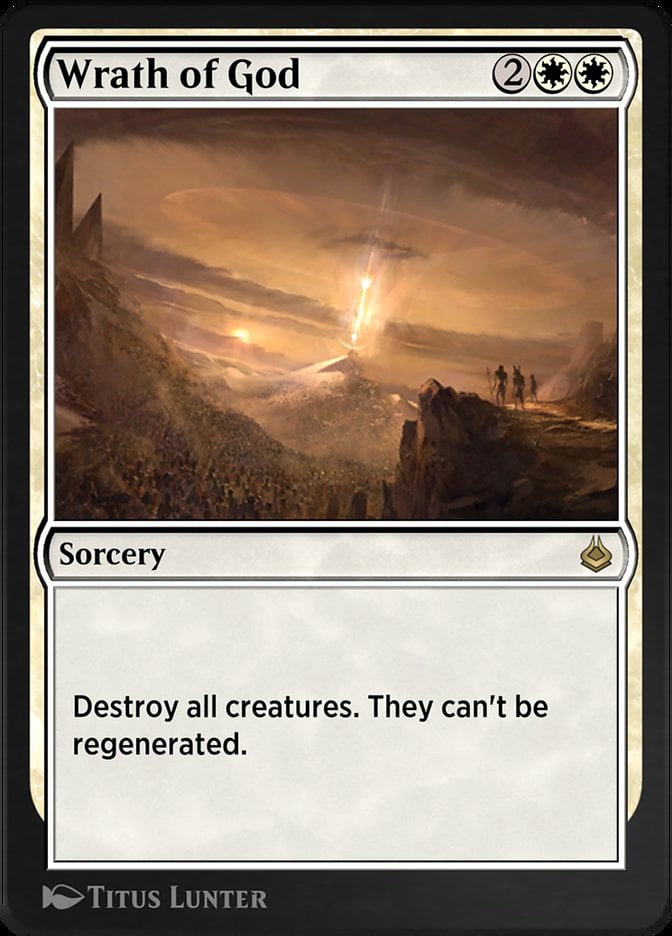
Wrath of God is a great catch-up card for control decks. They often need their wraths to clear several threats as card advantage. 4 mana is the sweet spot for hitting several creatures without getting damaged too much. This is the classic board wipe from which the term wrath is derived.
#15. Approach of the Second Sun
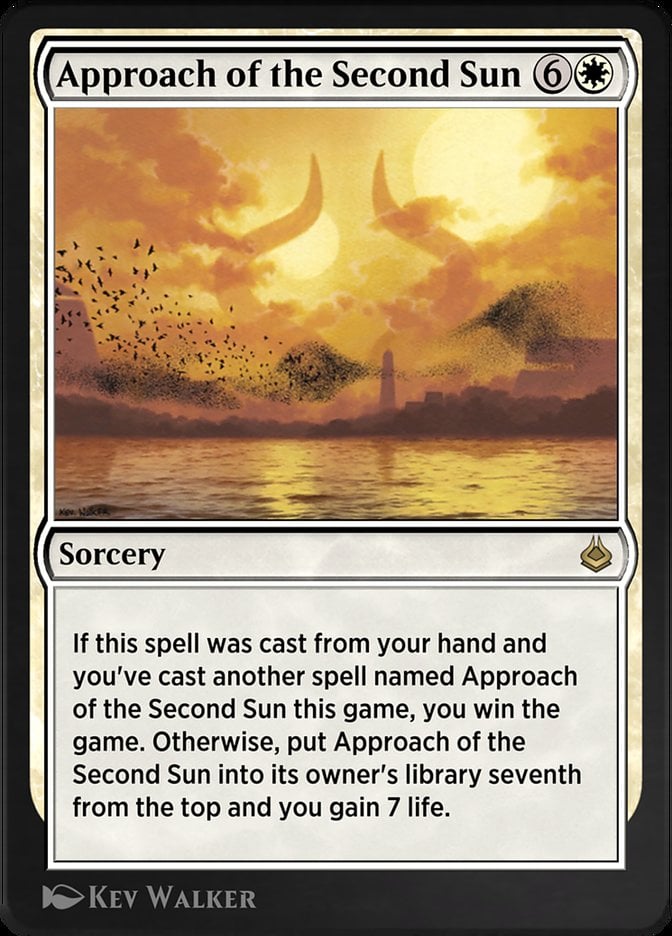
Approach of the Second Sun is my favorite control win condition, though it’s far from the objective best. Alternate win conditions that let you win the game when they resolve are very powerful. You can just run two copies of this card and focus the rest of your deck on the other core elements of a control deck, and seven life provides a hefty buffer to make up for tapping out. That said, this win condition can be weak in a meta filled with blue decks that can sideboard in Negate and other forms of countermagic.
#14. Memory Deluge
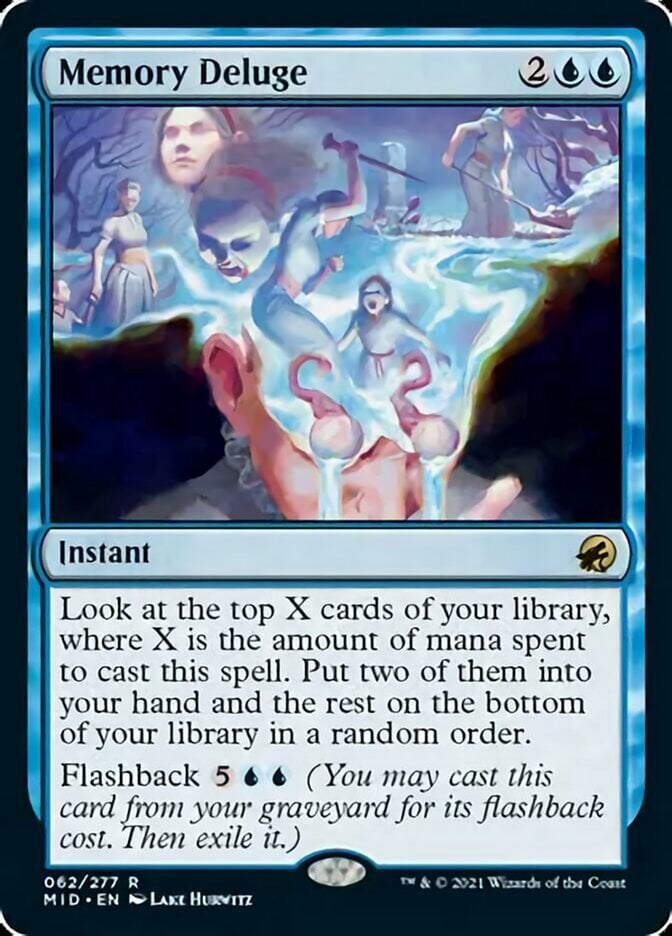
Memory Deluge is a stout 4-for-1, letting you draw four cards when cast twice. A draw two with flashback would be a fine card – Chemister's Insight is worse than that and still saw play – but this draws the best four of 11 total cards seen. Since putting cards into your hand isn’t technically drawing cards, it gets around cards like Sheoldred, the Apocalypse and Orcish Bowmasters taxing your draws.
#13. The Wandering Emperor
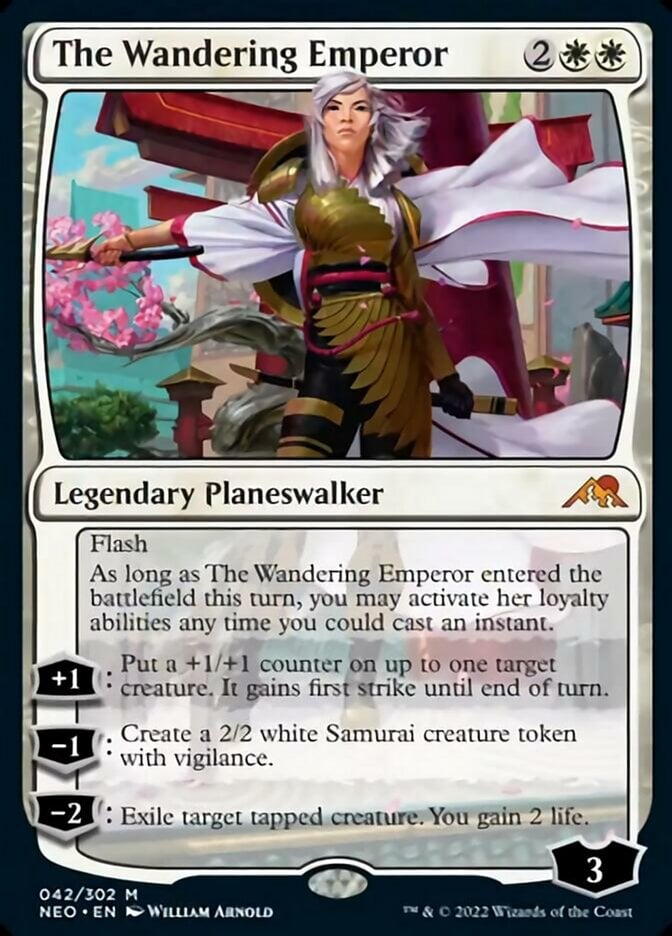
The Wandering Emperor has a brilliant design. It’s a great planeswalker for control decks since it lets you hold up removal, but the Samurai tokens it provides let you turn the corner and start pressuring your opponents faster than a regular control deck might. The Emperor’s cheap enough to hold up countermagic to protect it and can be excellent bait against countermagic on an end step so you can resolve the card you really care about.
#12. Teferi, Time Raveler
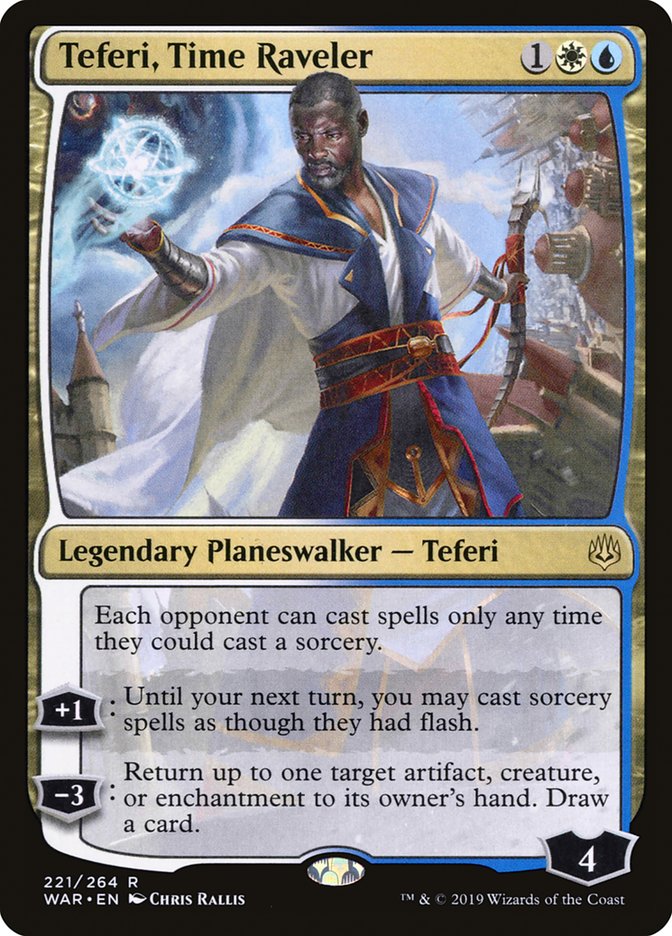
Playing Teferi, Time Raveler turn three on the play and bouncing your opponent’s 2-drop doesn’t literally win the game, but it often feels like it, putting you in an amazing spot. This is just an absurdly powerful planeswalker. If you land this, you shut off your opponent’s countermagic and make their removal even worse. When you start ticking up, it lets you leverage sorceries without timing restrictions and threatens to bounce opposing permanents.
#11. Kaheera, the Orphanguard

Kaheera, the Orphanguard is a great companion for control decks. To meet the companion requirement, they forgo running any creatures. This is especially common in Pioneer. Who needs creatures when you can win with cards like Shark Typhoon, The Wandering Emperor, and Teferi, Hero of Dominaria? It’s a small sacrifice that gives the control deck an eighth card in their starting hand – which is perfect for an archetype that’s all about card advantage.
#10. Cryptic Command
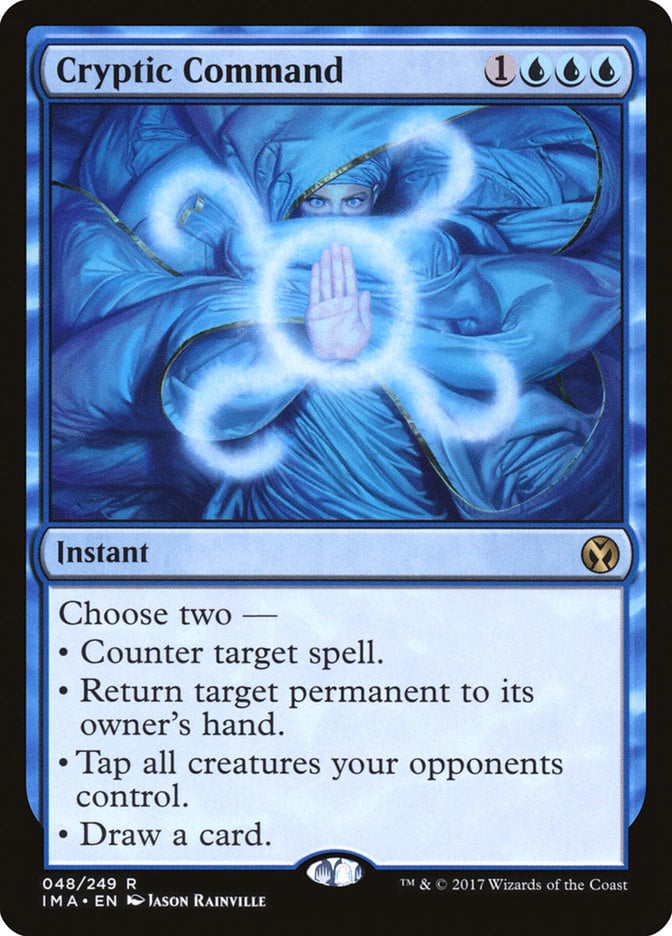
Cryptic Command isn’t the card it once was, but this is still a powerful control piece. Countering a spell and drawing a card are the most common modes on this, which is a great turning point for control decks to start winning. It’s hard to lose with Cryptic Command; you can tap your opponent’s creatures and bounce a planeswalker, stop them from resolving threats, and any number of great applications. is an extremely restrictive cost, but Cryptic Command is worth it.
#9. Supreme Verdict

Control decks often end up in Azorius because that’s the perfect combination for the best removal and card advantage. Supreme Verdict isn’t a strictly better Wrath of God, but adding blue is a minor hurdle for these decks. Verdict is often the best wrath in its format. 4-mana wraths are ideal, and no number of sideboard Negates stops this from delivering judgment on your opponents.
#8. Solitude
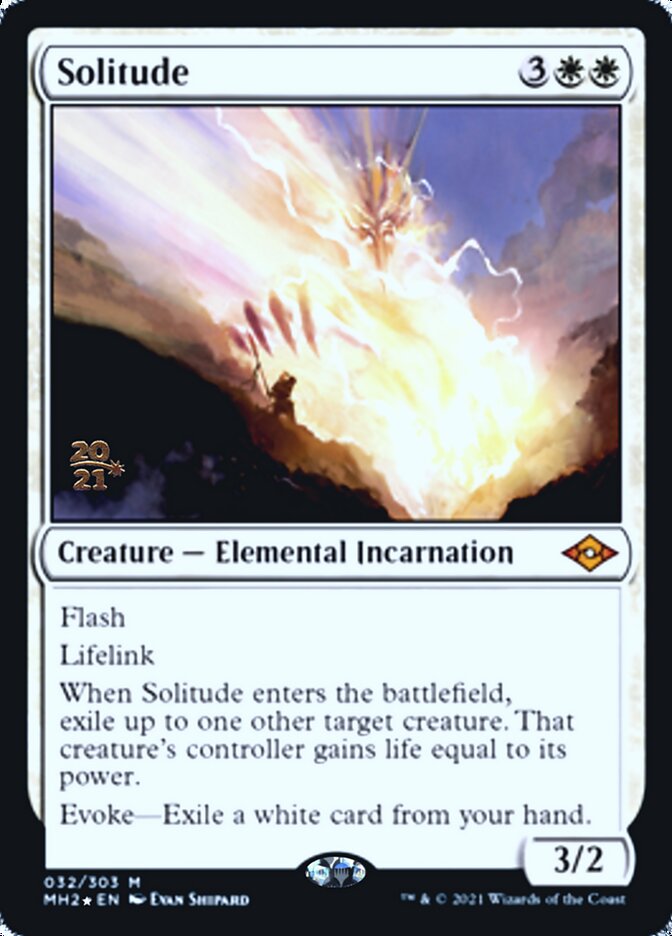
Control decks won’t want to evoke Solitude; it’s card disadvantage, which goes against the game plan. But having the option is nice. Solitude is also just a fine flash threat. It’s easy to get a 2-for-1 by flashing this out, exiling one attacker and blocking another. You can also use it to remove a creature and start attacking, and flash lets you do all of this while holding up other interactive pieces.
#7. Lightning Bolt
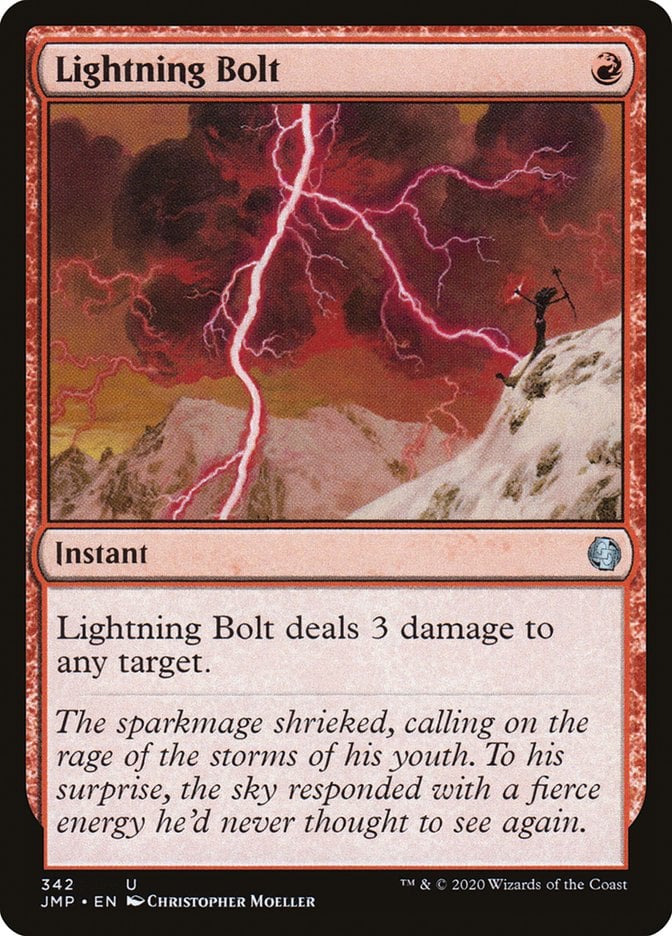
This list has a lot of Azorius cards because those colors are where control usually ends up, but Lightning Bolt is a solid reason to build an Izzet control deck. This kills almost every early threat while providing you with a way to pressure planeswalkers. In the late game, these can add up to a surprisingly fast clock once you’re in control.
#6. Snapcaster Mage
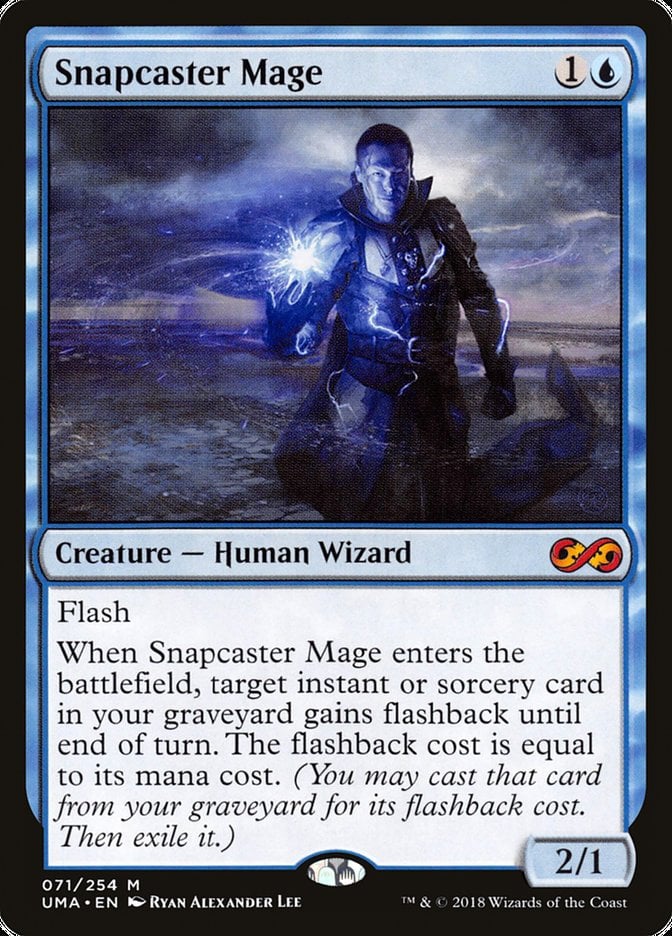
Control decks are full of powerful, efficient instants and sorceries. Snapcaster Mage lets you play the best of them again. Bolt-Snap-Bolt is a classic play pattern that’s desecrated many a board state and left players at -2 life, but Snapcaster Mage flashing back a Swords to Plowshares, Counterspell, or Cryptic Command are all powerful options as well.
#5. Teferi, Hero of Dominaria
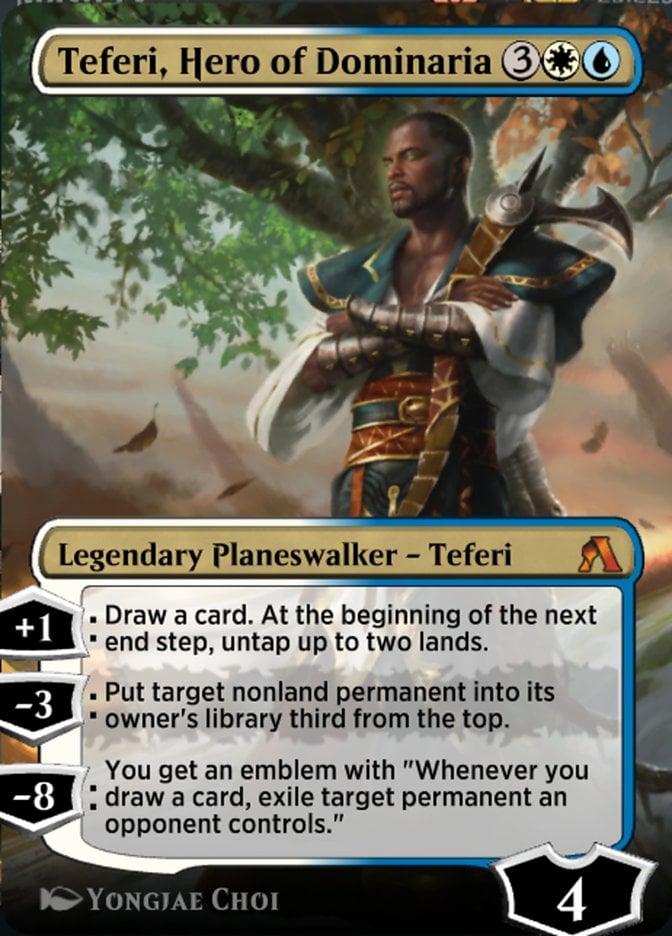
Teferi, Hero of Dominaria might be the best planeswalker ever printed for control decks. It’s certainly a pivotal card in many lists, both in Pioneer and Standard. If the control player successfully landed and protected Teferi, that was all she wrote, and you should head to the next game. This is the win condition for some control decks, using the emblem to exile all their opponents' lands and looping Teferi with the -3 to mill the opponent. Even if you’re winning through other means, this is a fantastic card draw and ramp engine.
#4. Niv-Mizzet, Parun
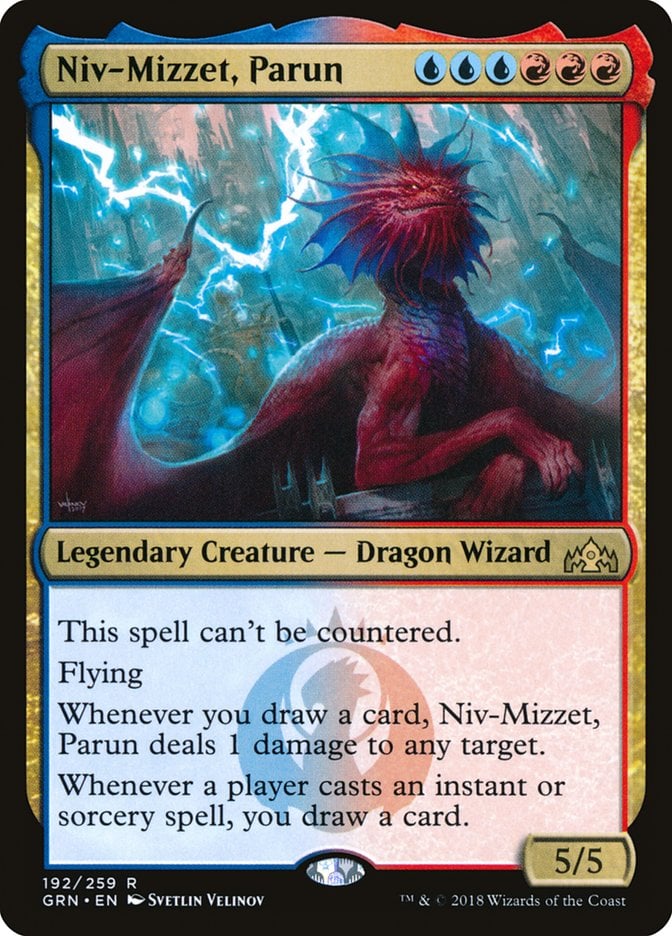
Niv-Mizzet, Parun is an incredibly busted creature that makes for a fantastic control finisher. You can’t counter this, and most removal you’ll use to remove it will be instants or sorceries, so the Niv-Mizzet player is still up a card. If you can’t remove it, this is card advantage, board control, and a clock in one color-intensive package. Depending on the format, you can leverage Curiosity for an infinite combo.
#3. Counterspell
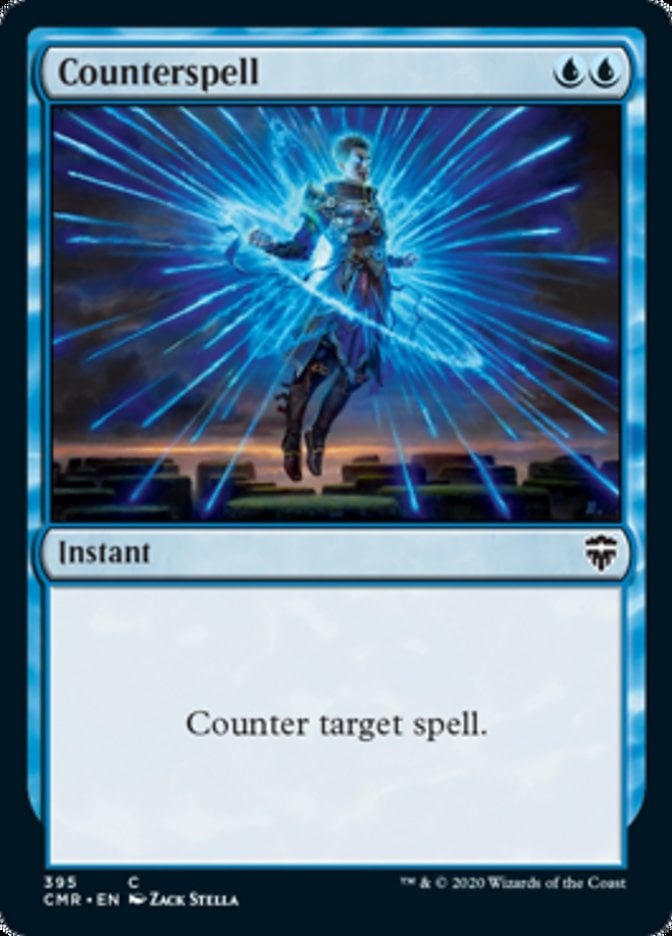
Efficient interaction is by far the most important thing for a control deck to have. Control isn’t great in every meta, but it simply can’t exist in an environment without this central piece. Counterspell is one of the strongest counterspells ever, it is a counter that is really hard to beat. It often trades up in mana and is easy to weave around other spells since it’s so cheap.
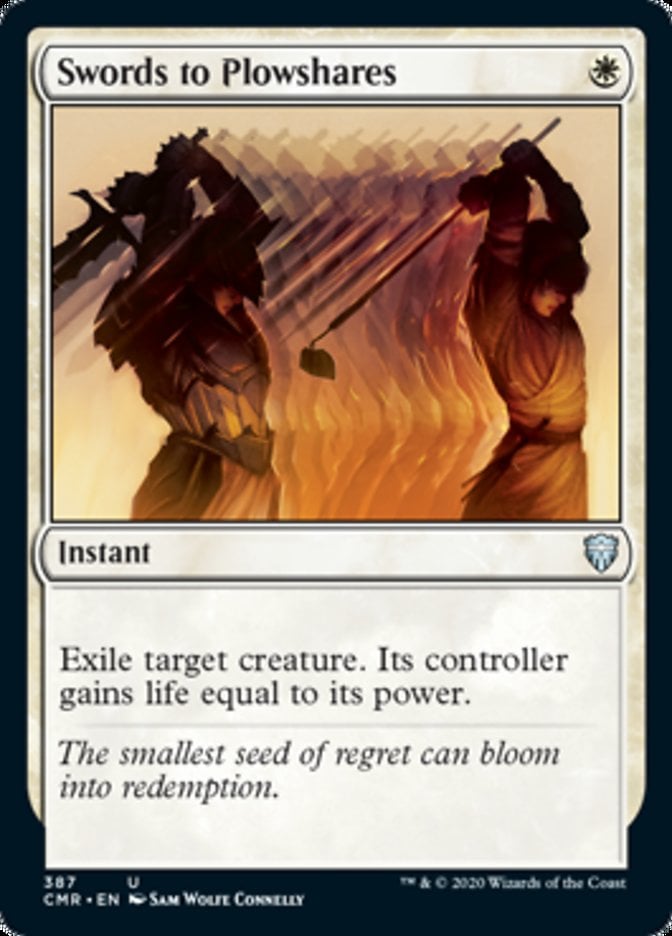
Swords to Plowshares is to spot removal what Counterspell is to countermagic. Control decks always welcome unconditional removal at instant speed. Your opponent gaining life often doesn’t matter. We’ve seen several win conditions that ignore your opponent’s life total entirely, and control decks often win by a wide enough margin that one extra turn of attacking doesn’t matter.
#1. Sphinx’s Revelation
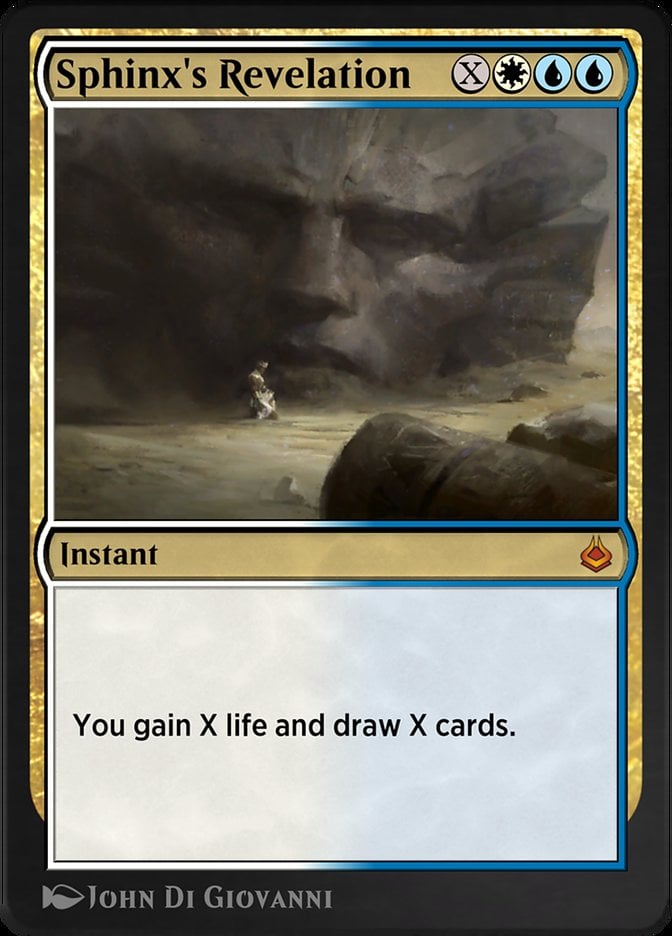
When you’re playing a control deck, you often start on the back foot. That’s the nature of a threat-light deck playing against decks that often have more threats. The most important thing is stabilizing, chewing through your opponent’s resources, and coming out on top. Sphinxes in general do well in control, but Sphinx's Revelation is one of the strongest stabilizers. You can cast this, gain a bunch of life, and suddenly your opponent has to deal five extra damage while you have a grip full of cards. A control deck couldn’t ask for more out of a card draw spell short of Ancestral Recall.
Best Control Payoffs
The best control payoffs are often just the best control cards themselves. Since control is an archetype, there aren’t specific payoffs that make it work the way strong cards, like sacrifice outlets, have.
The main thing you need is that mixture of interaction, card draw, and threats. The latter is often the easiest; many formats have big creatures like Hullbreaker Horror or Niv-Mizzet, Parun lurking around. Cards that win the game but are often too expensive for other strategies to leverage properly.
Control can also struggle in super-aggressive formats. It’s often got a solid match-up against midrange decks, but fast decks can take a control deck out before they get a chance to stabilize. The power of control is often dependent on both the format, for having the tools it needs, and the meta, for having matchups it shines against.
Wrap Up

Cryptic Command | Illustration by Jason Rainville
Control decks are some of the most rewarding decks you can play. While the strategy is simple–kill everything your opponent plays and win the long game–it often requires a lot of foresight. You need a strategy for what you’re doing three or four turns in advance since you’re playing that long game.
Winning with control has a satisfying quality that comes from shutting your opponent out of the game and winning at your leisure. These cards are some of the best control cards to help get to that satisfaction.
What are your favorite control cards? Do you like control decks or do you prefer playing a different archetype? Let me know in the comments or on the Draftsim Discord!
Stay safe, and keep control!
Follow Draftsim for awesome articles and set updates: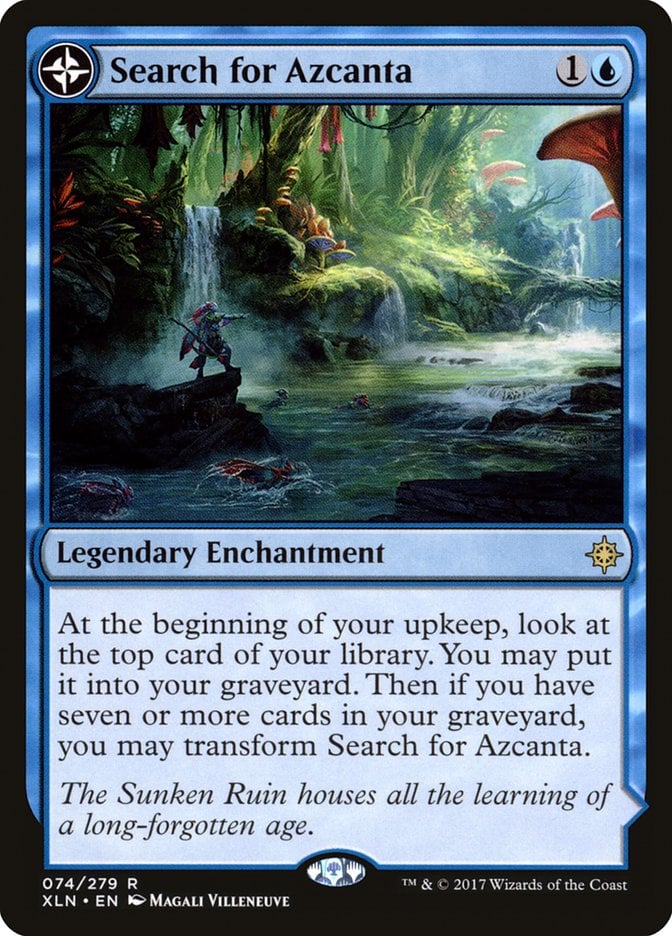



Add Comment